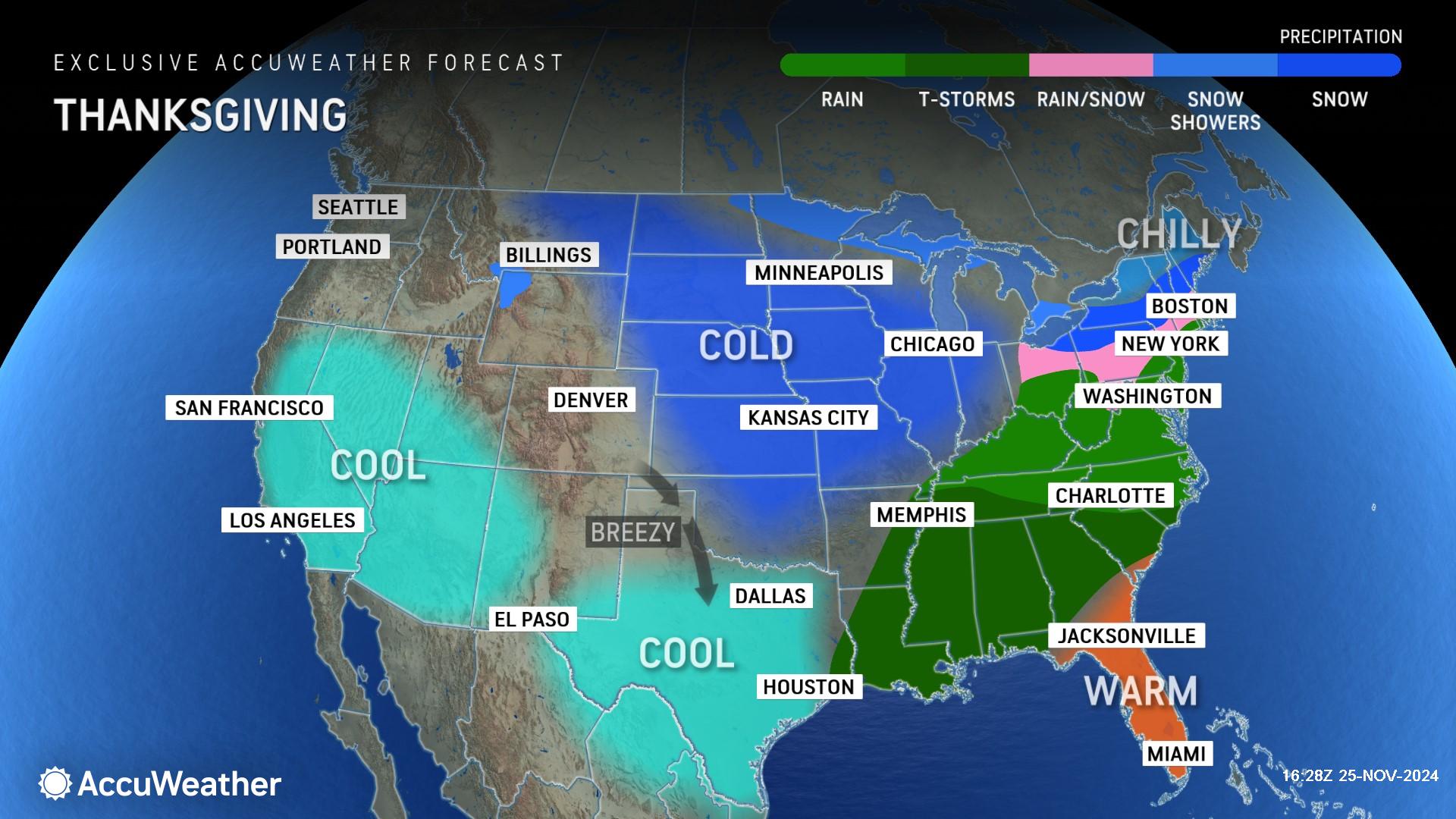Is Munich having a moment? The capital city of Bavaria, with its views of the snow-capped Alps, has long attracted many with its blend of tradition and modernity, of high culture and outdoor pursuits. Now the southern German city has been rediscovered by a new wave of tastemakers and travellers.
“I loved living in a place that brought me so close to nature yet simultaneously felt like a city, with bustle and opportunity,” says Charly Sturm, VP of brand development at her mother Barbara’s skincare business; she lived in the city for almost three years. “I also adore the culture. It’s fun and different from anywhere I have lived before.” When visiting today, she buys organic drinks at Rootine Wellness Club; strolls through the Viktualienmarkt, a food market whose history dates back to 1807, where warm slices of Leberkäse meatloaf are served on crusty rolls and carried away in silver foil; and dines at Tantris, the Michelin-starred restaurant famed for its restored 1970s interiors (“It’s one of the most famous restaurants in Munich”).



The city is split in half by the Isar river and its smaller tributary, the Eisbach; the latter runs in waves near the Englischer Garten, a gathering spot for surfers for decades. The Englischer Garten, Munich’s largest park, also boasts a wooden pagoda, the Chinesischer Turm, which rises 25m high above a beer garden where outsized pretzels, rotisserie chicken and roast pork knuckle are served. The beer, as is tradition across Bavaria, is served in outsized steins. (Beer has been brewed in Munich since the early 14th century, founding a local industry that remains important to this day.) The city’s long list of beer gardens include the Hofbräukeller, the Paulaner Biergarten and the Seehaus, all within easy reach. A short drive – or S-Bahn journey – away lies the Waldwirtschaft Großhesselohe, a scenic sight with views across the Isar river bank and a programme of live jazz music.
Culinary recommendations abound in Munich, well beyond pretzels. Dr Timm Golüke, a dermatologist with premises on Maximilianstraße –one of the city’s grandest avenues, dotted with Chanel, Dior and Gucci boutiques – and the owner of skincare brand Royal Fern, heads to Schumann’s Bar am Hofgarten for alfresco dinners situated in a renaissance-style garden. “The thing to order is Bratkartoffeln mit Quark,” says Golüke, referring to a dish of roast potatoes served with curd cheese. “What I love about Schumann’s is that mix of Munich’s creative set and people who come into town to visit.”







Designer Bodo Sperlein splits his time between London and Munich. Dallmayr Bar & Grill, part of a famous deli that traces its heritage back to 1700, is his favourite: “The restaurant’s seafood selection, featuring items like fresh oysters, grilled fish and seasonal shellfish, showcases a cosmopolitan flair.” Sperlein was the designer and architect of Jugendstil. Made in Munich, a blockbuster exhibition at Kunsthalle München celebrating the city as the birthplace of the German Jugendstil design and art movement. “Munich continually captivates me with its blend of cultural richness and outstanding quality of life,” he says. For culture, he recommends the Alte Pinakothek and the Pinakothek der Moderne (exhibiting art up to the 18th century and modern masterpieces respectively), the Haus der Kunst and the Bavarian State Opera. “Munich’s architectural beauty, enhanced by Italian influences from King Ludwig I’s era [1825-48], and its proximity to stunning lakes and mountains all contribute to its appeal.”
Indeed, beyond culture and cuisines, it’s the city’s connection to nature and unspoilt scenery that makes it so popular. Ski resorts are within easy reach, as are Bavaria’s fantasy castles. “In minutes, you can escape into green spaces and scenic trails, making it easy to recharge,” says Sperlein. Fashion designer Anna Heinrichs, who runs her Horror Vacui brand from the city, agrees: “On weekends, I’m rarely in Munich – like most here, I’m drawn to the lakes or mountains nearby.” (Heinrichs’ creations are made by hand, shaped with artisanal finishes – garlands of box pleats that are called Froschgoscherl, scalloped hems and geometric smocking – that nod to Munich’s dressmaking history.)






Then, there are the shops. Traditional Bavarian garments (dirndls, lederhosen et al) can be found at Lodenfrey; the best gloves come courtesy of Roeckl, since 1839; and nearby, next to the Fünf Höfe mall, is the physical home of e-retail giant Mytheresa. It started in Munich as a boutique, back in 1987. “The Munich boutique is a reflection of the city itself – its unique spirit,” says CEO Michael Kliger. “It remains a sanctuary for those who seek a more personal, curated experience.”
Where to stay? Traditional favourites include the Bayerischer Hof, the Hotel Vier Jahreszeiten Kempinski or the Cortiina Hotel. A recent addition to the city’s list of hotels is the Rosewood Munich. The first luxury hotel to open in Munich in 16 years, the property (with 73 rooms and 59 suites) extends across the stately Palais Neuhaus-Preysing and the former headquarters of the Bavarian State Bank. Rooms and suites feature lighting and temperature controls that are intuitive, the high-tech modernity cloaked in historic façades. Much, you could say, like the rest of Munich.
Model, Greta Hofer at Elite. Casting, Ben Grimes at Drive. Hair, Alexander Soltermann at Home. Make-up, Bianca Hartkopf at Art Nest. Photographer’s assistants, Annabel Snoxall. Stylist’s assistants, Aylin Bayhan, Lucia Bustillo and Marie Prinz. Production, Town. Special thanks to José Lumengo










